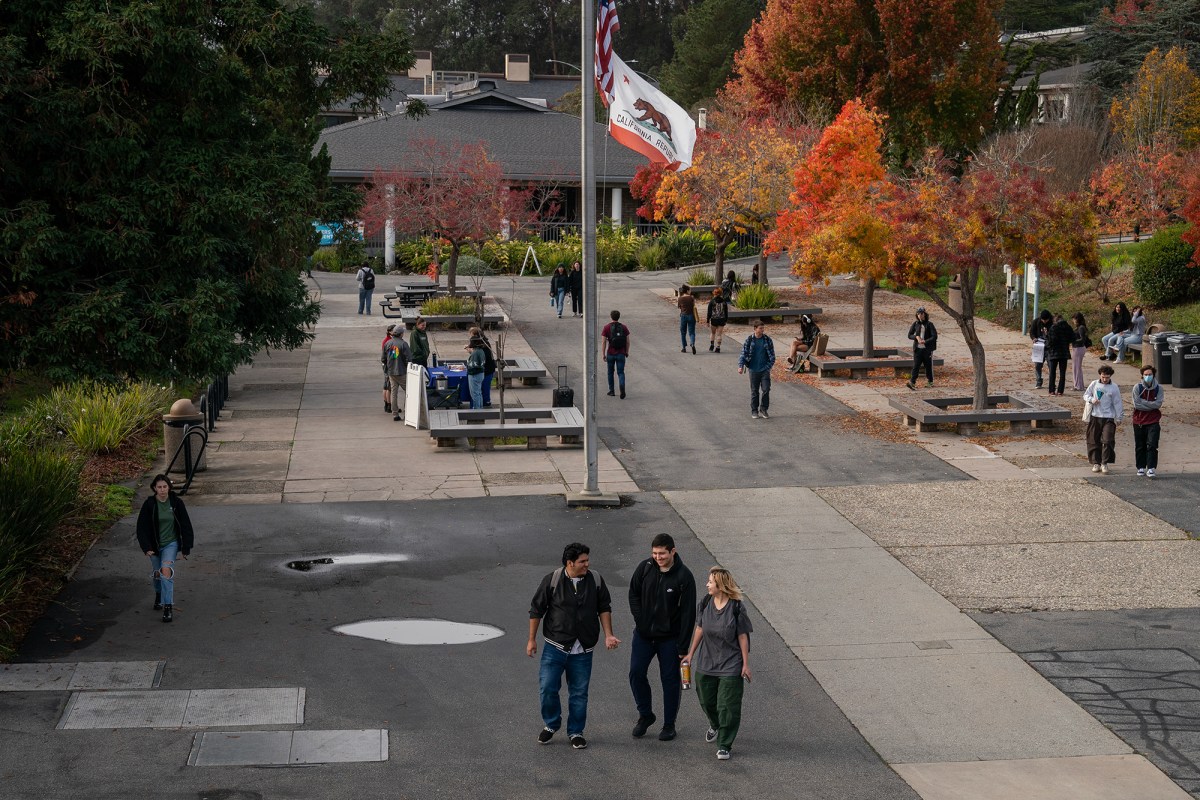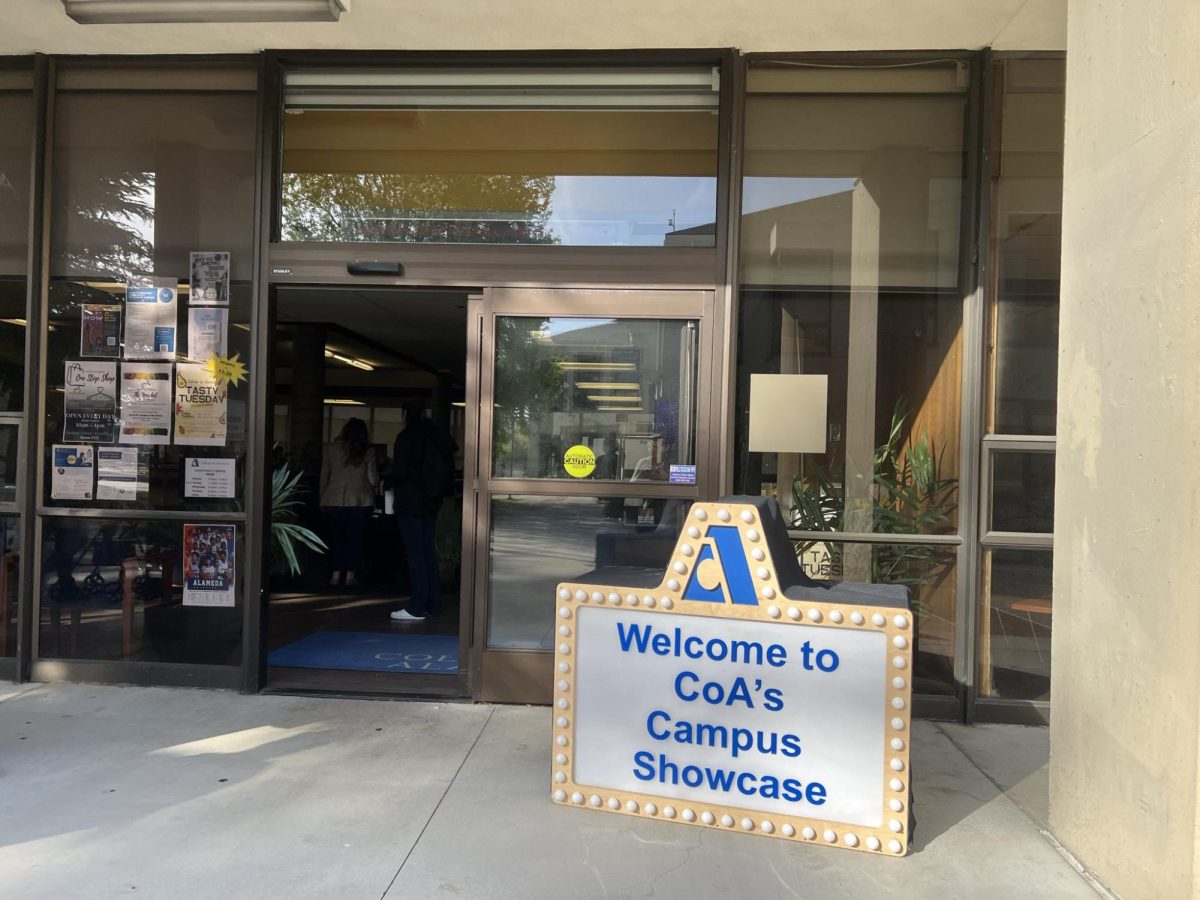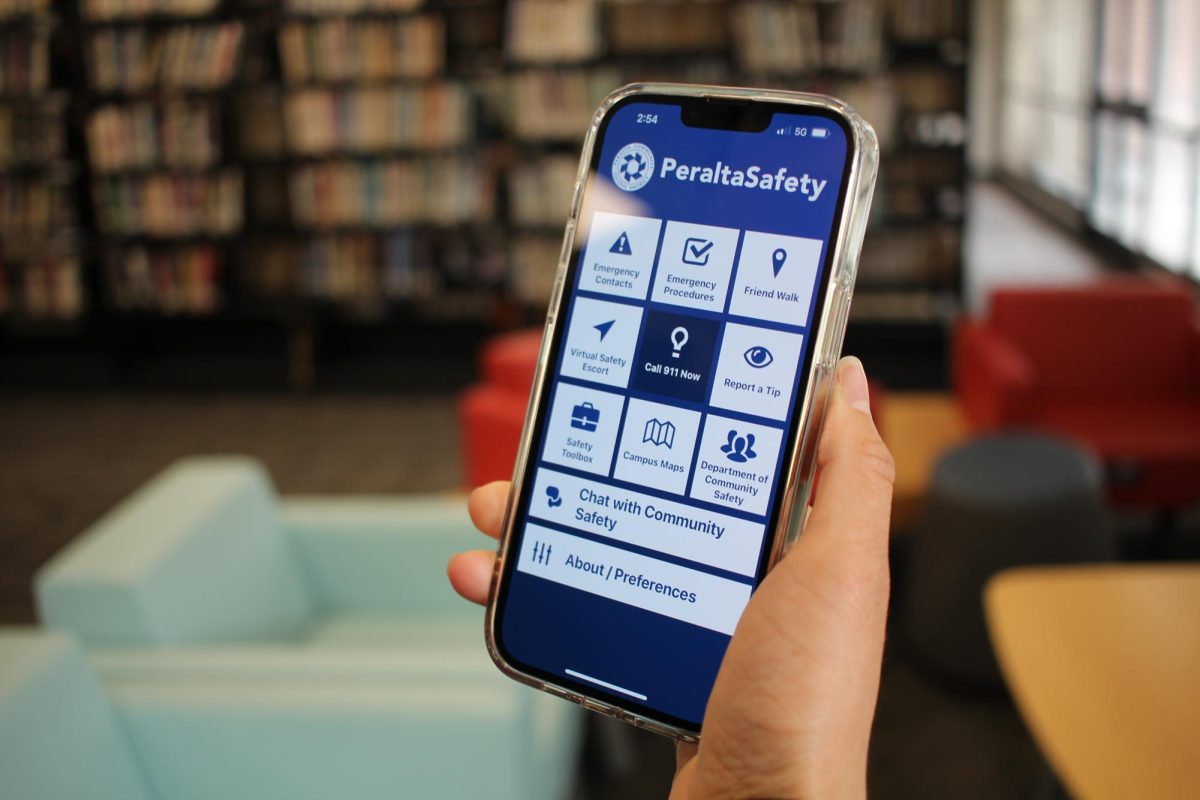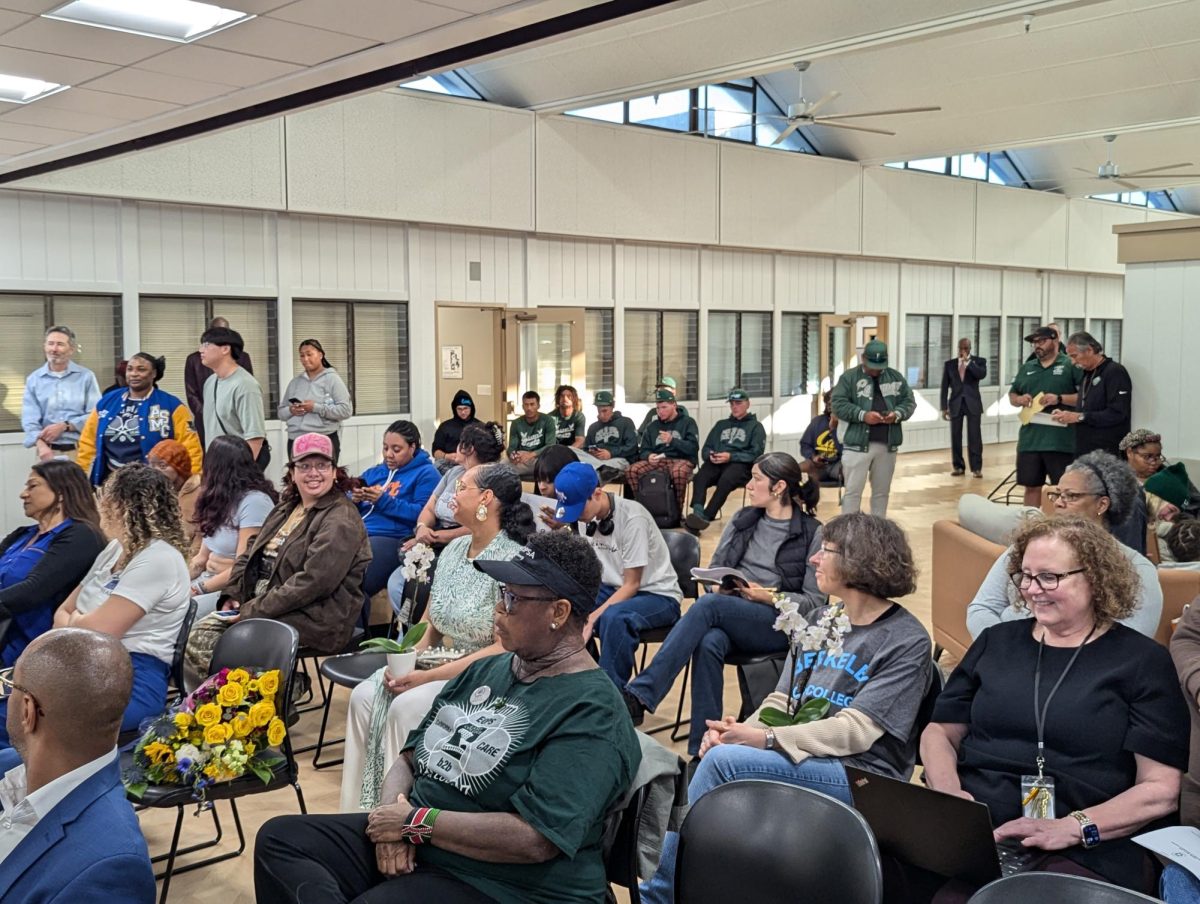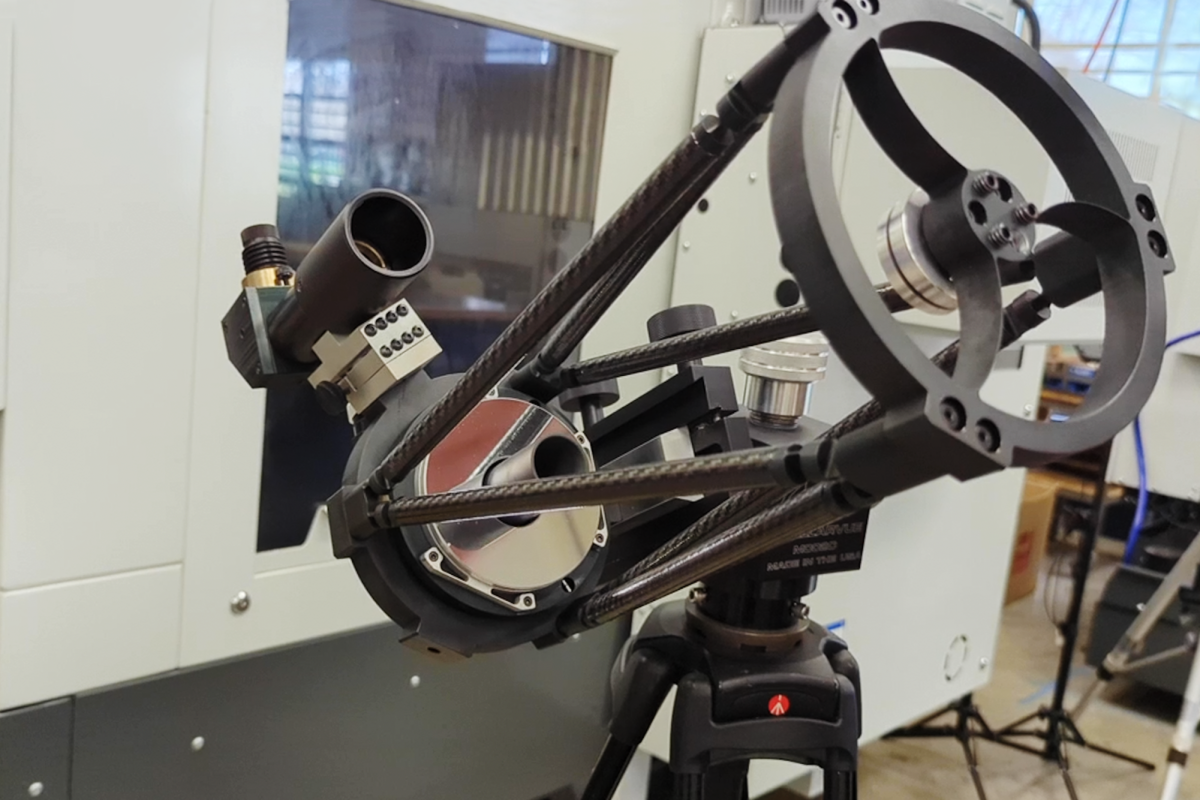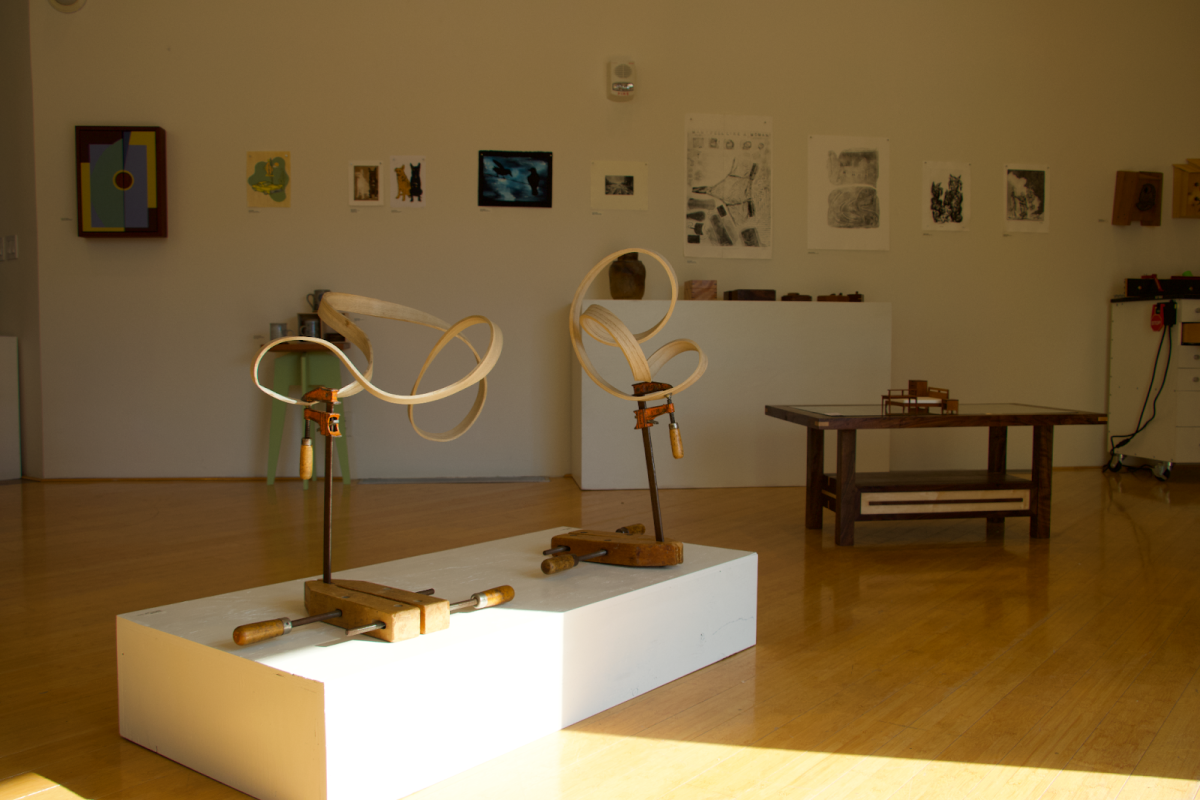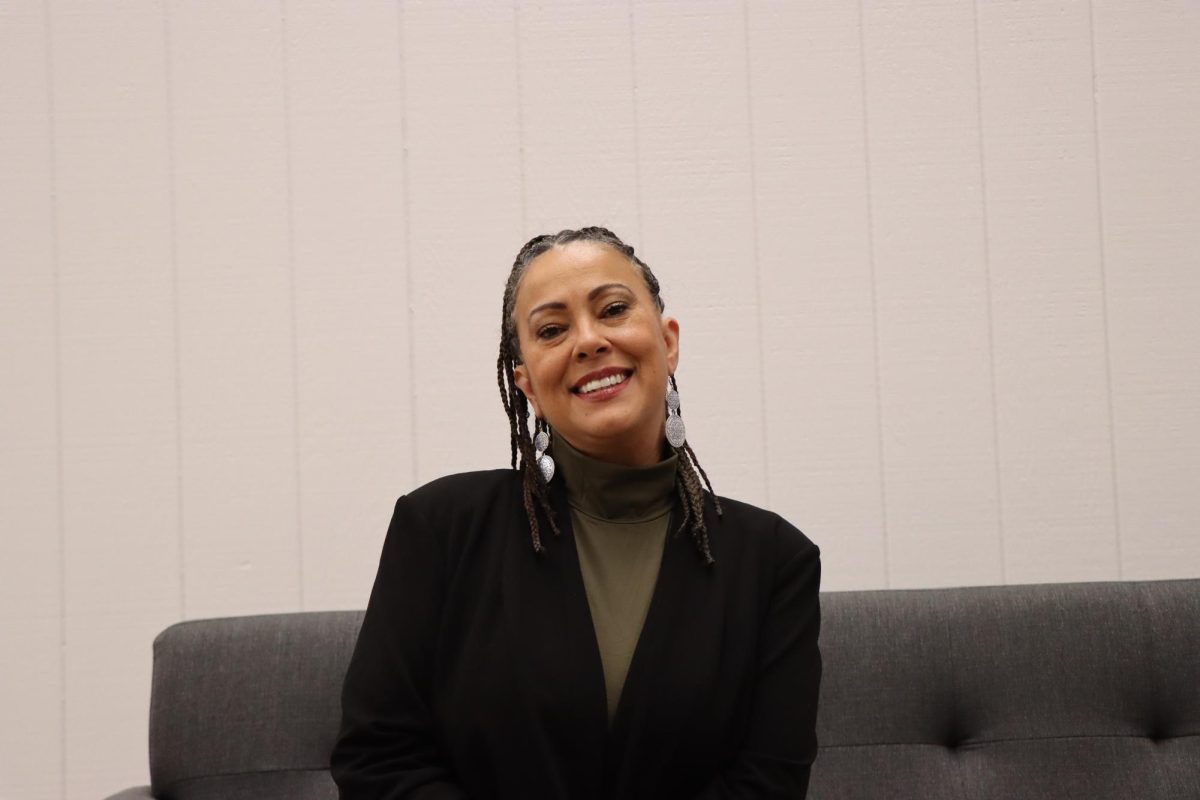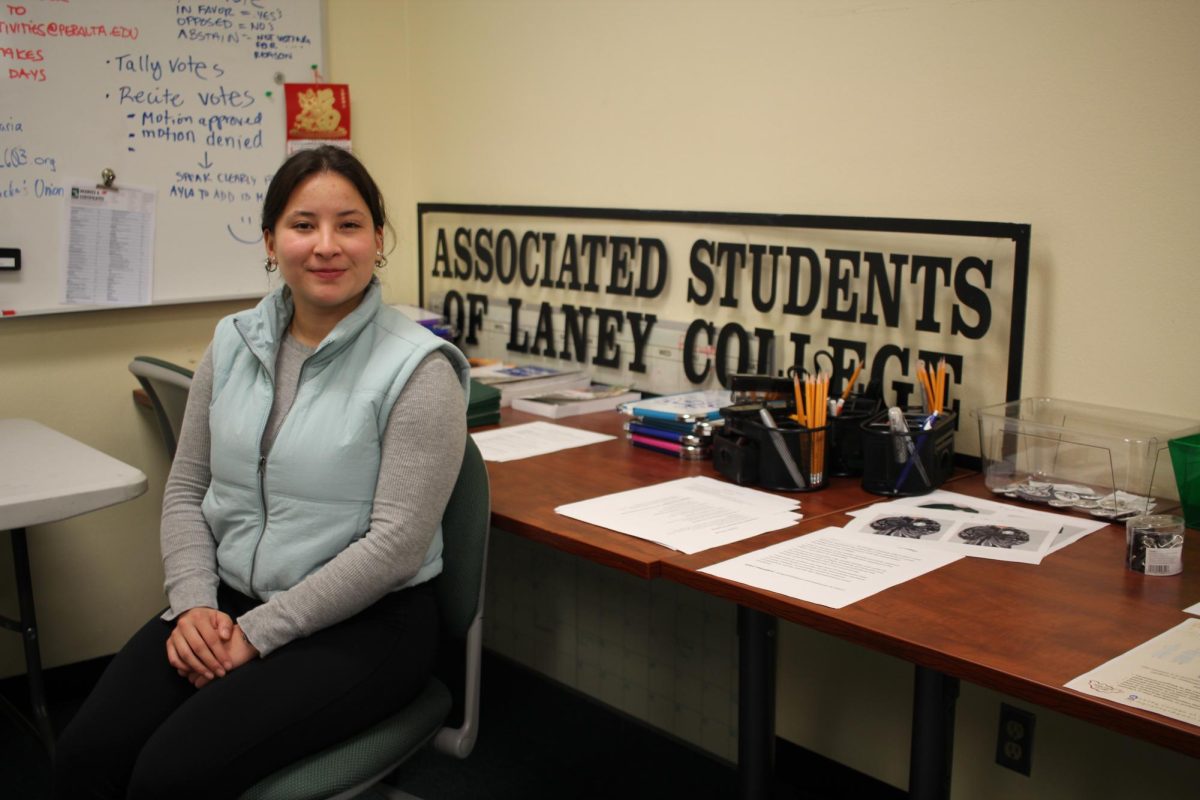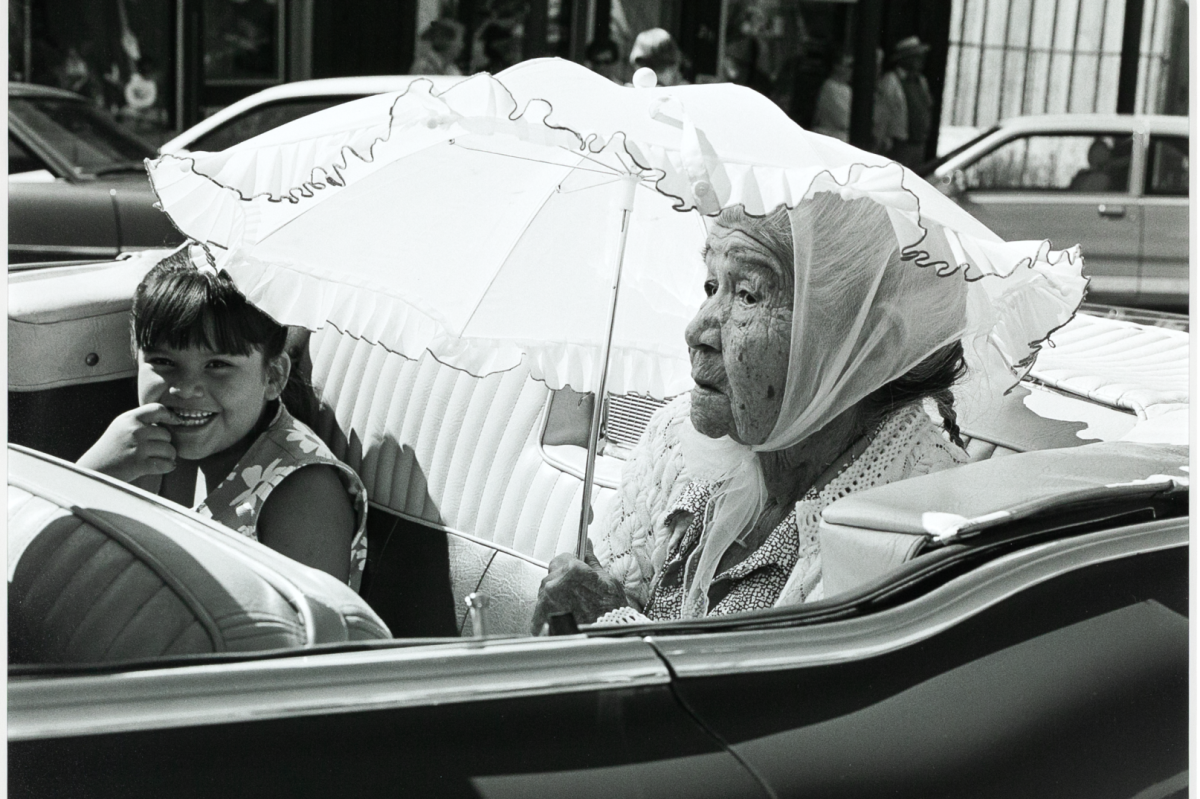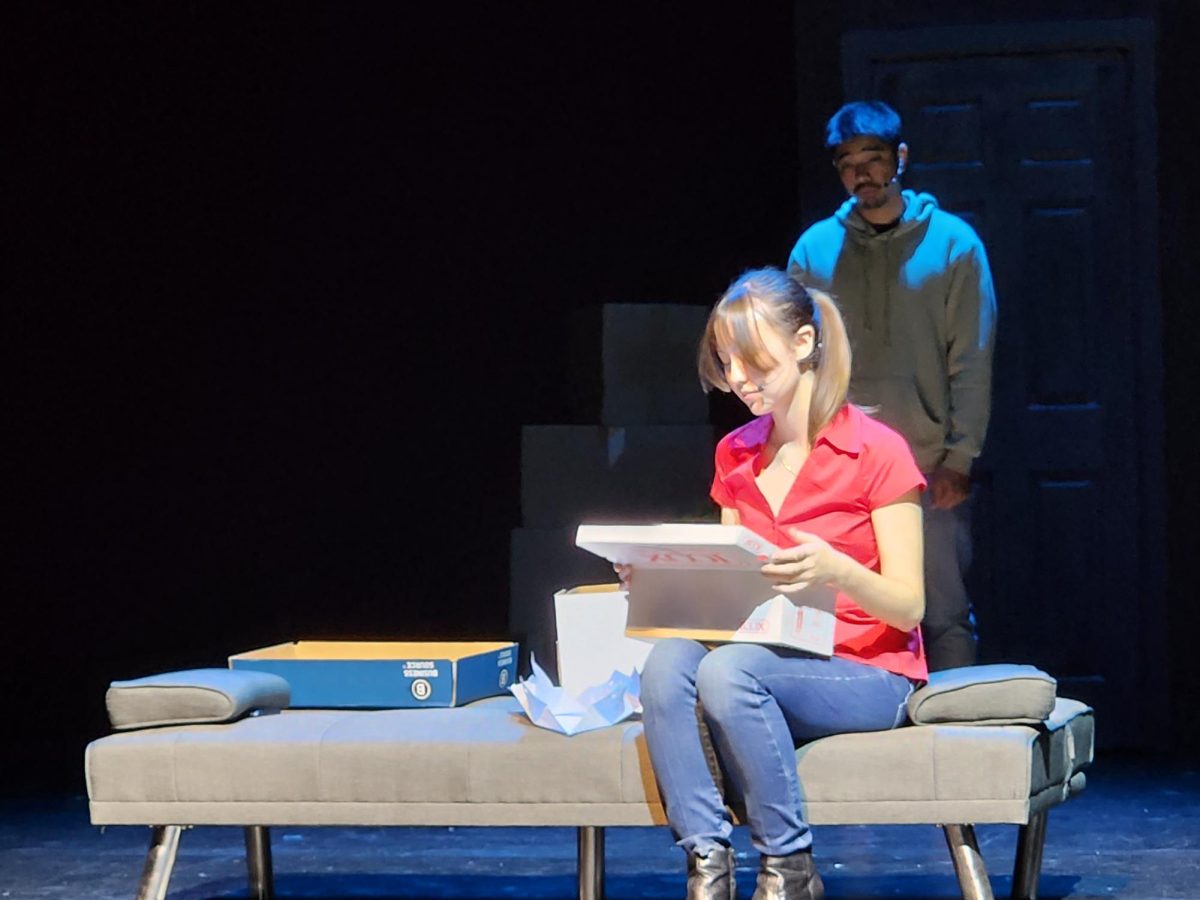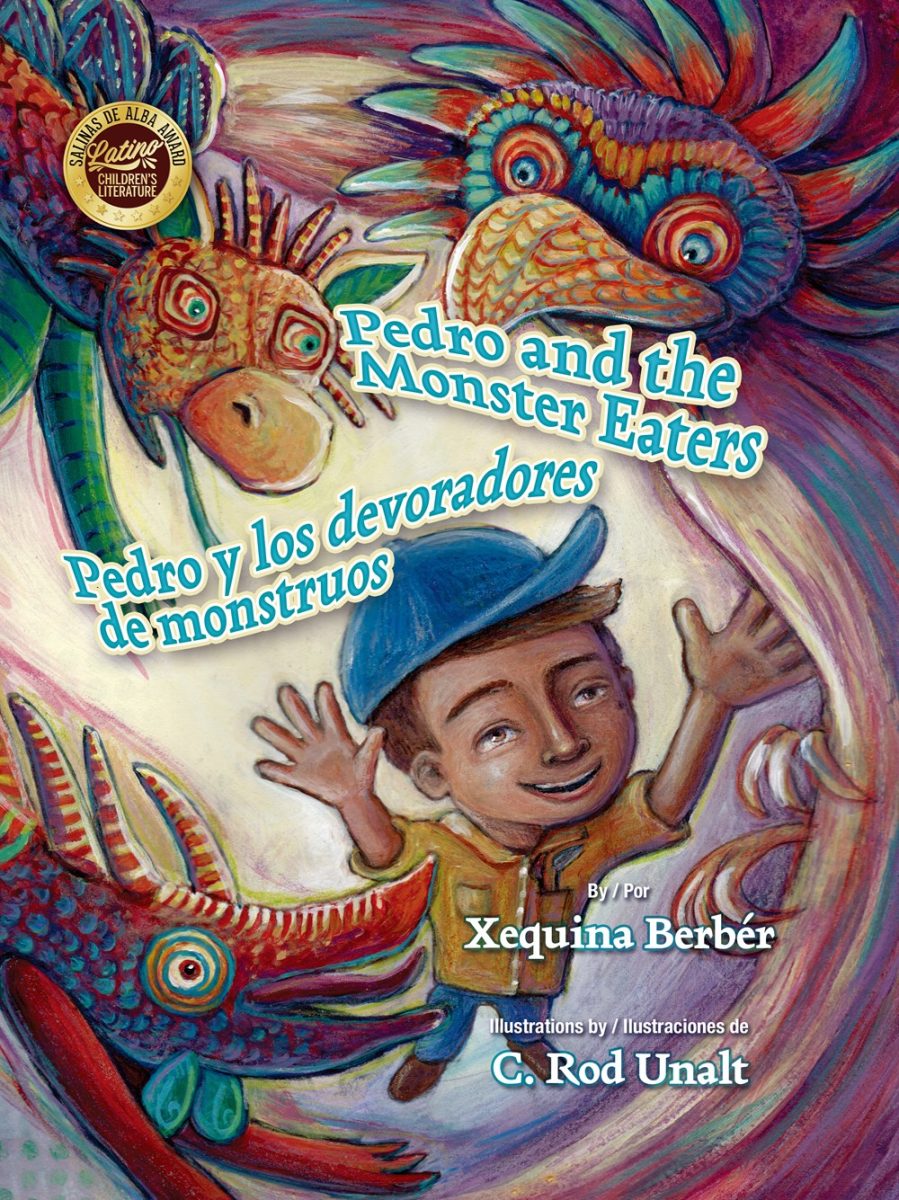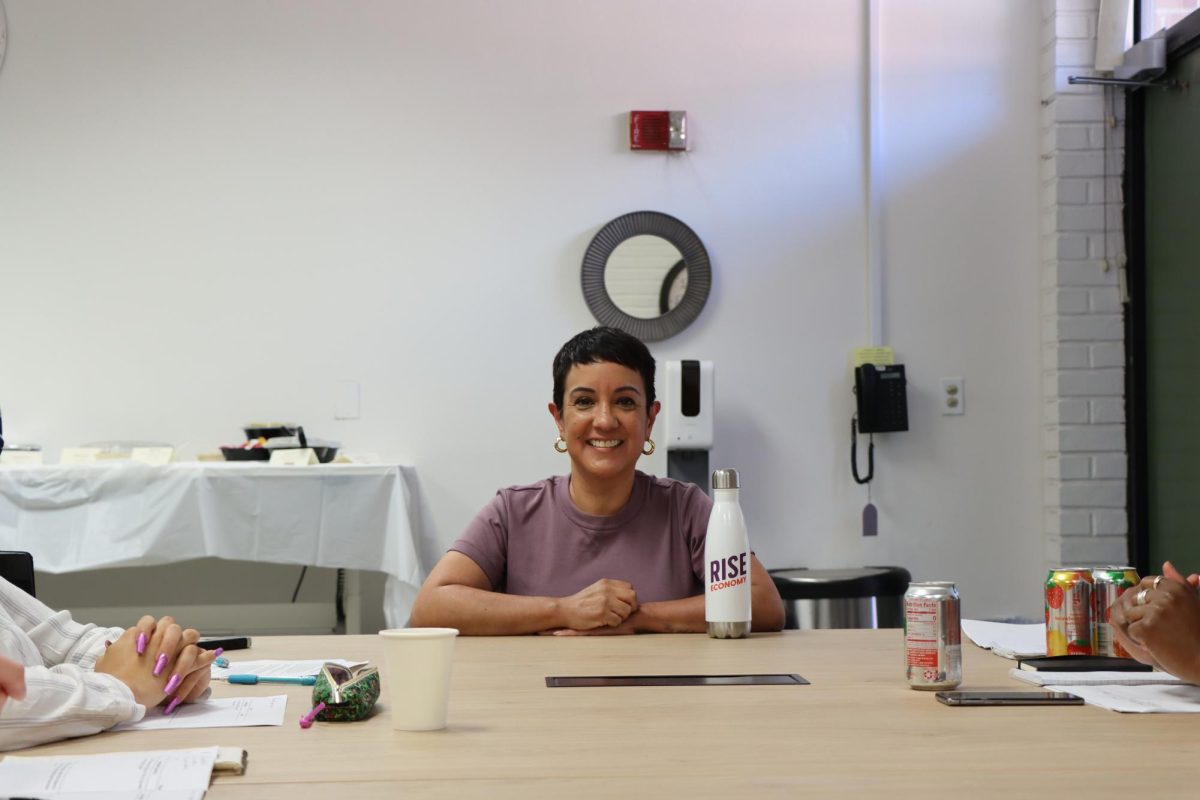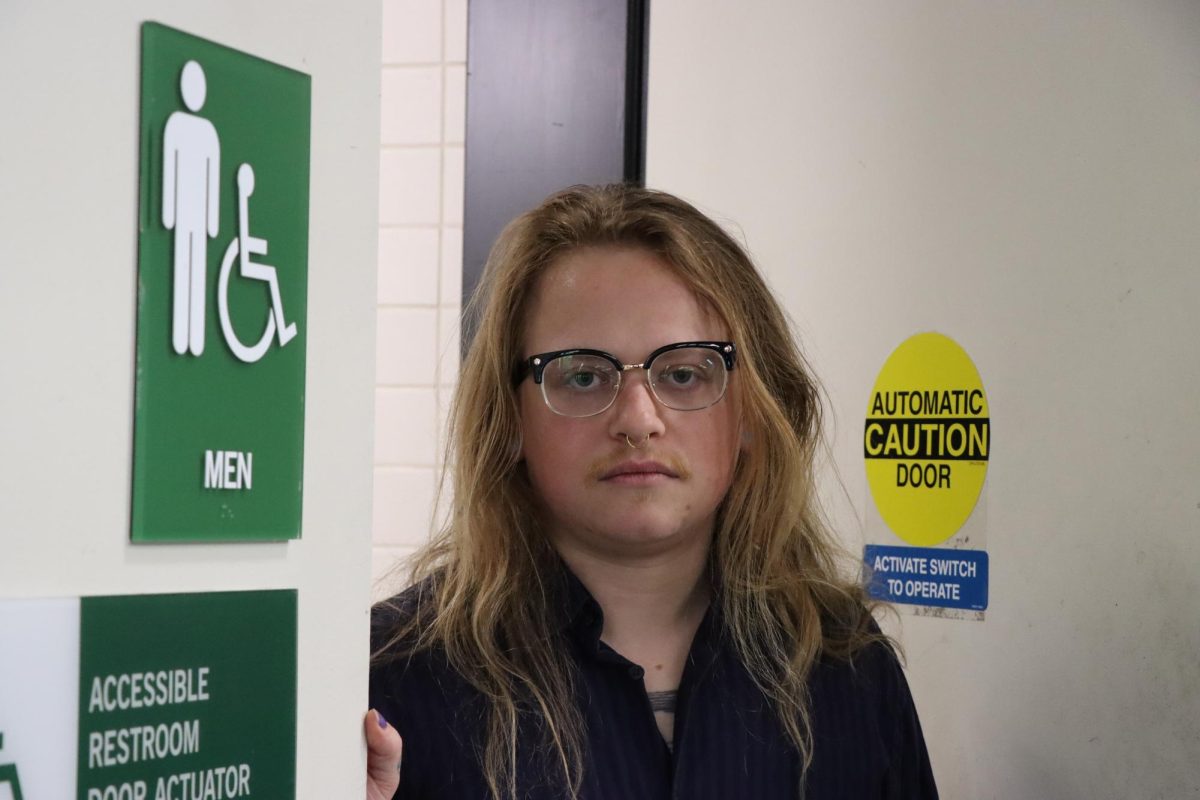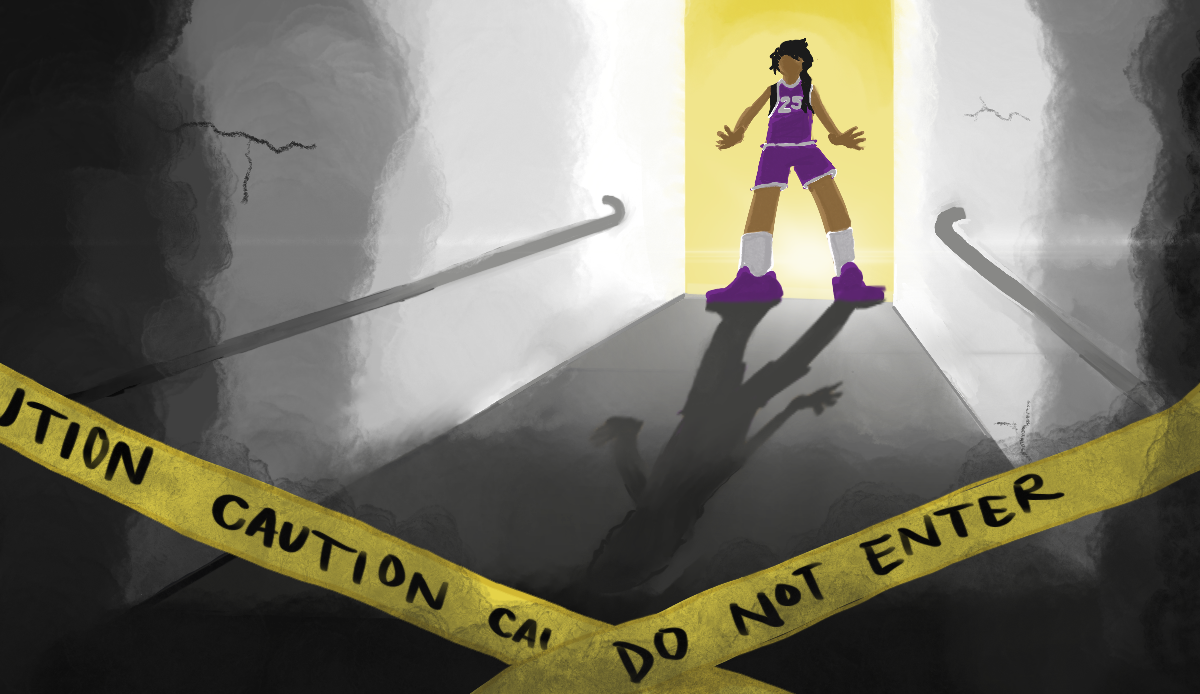Few technologies are as exciting or promising as 3-D printing.
Though 3-D printing has been around since the early 80s, it didn’t come into its own until around 2006. Since then the technology has progressed rapidly, even making its way into people’s homes.
In a nutshell, 3-D printing is the creation of a three-dimensional object from a digital file. Just as we create real, paper-and-ink documents from digital ones, 3-D printing uses a variety of methods to translate data files into actual items.
All 3-D printing processes use the same basic steps. First a three-dimensional, digital model of the desired printed object is created. This digital model is then separated into thin horizontal segments, which will then be printed one at a time, gradually stacking up from the intended item.
The printing itself can be done through extrusion of molten material through a nozzle, by using a laser to fuse material first laid down in a granular form, or by applying the material in liquid layers that are hardened with UV light.
3-D printing has been met with some controversy in the past few years, as the ability for people to print things like drugs and guns have raised a lot of debate and media hype.
Sadly the technology’s greatest achievements, particularly those in the medical fields, have not received the same level of coverage.
In 1999, scientists were able to print a human organ for the first time. The bladder, which was printed using material from the patient’s own cells, was a triumph that changed the future of organ transplants.
Because 3-D printed, or bioprinted, organs are made from an individual’s genetic material, the chance of rejection by the body is nearly non-existent, and as experimentation continues the types of organs we are able to print is growing.
Much like printing with plastics, metals, or resins, the printing of organs uses several nozzles to print micro layers of proteins and other biological compounds one on top of the other until a living organ is made.
The benefits are easy to see. Burn victims can now have new skin printed directly onto their bodies instead of undergoing the slow and painful grafting process, while other bioprinted external organs, like ears, can be used in reconstructive surgeries.
As the technology becomes more efficient, those in need of new transplants may no longer have to spend years waiting, and bioprinted organs like kidneys and livers can be used to test drugs without requiring a living test subject.
Though some people have presented 3-D printing as a dangerous tool, we must continue to support research and development. Who knows how many lives may be saved if we just give bioprinting a chance?
Categories:
3-D technology exciting on multiple levels
May 2, 2014
About the Contributor
In the fall of 2019, The Laney Tower rebranded as The Citizen and launched a new website. These stories were ported over from the old Laney Tower website, but byline metadata was lost in the port. However, many of these stories credit the authors in the text of the story. Some articles may also suffer from formatting issues. Future archival efforts may fix these issues.

